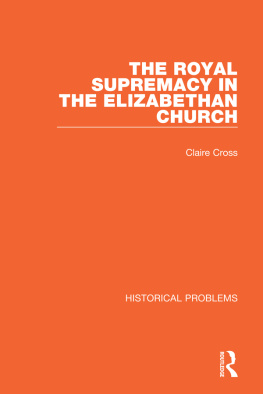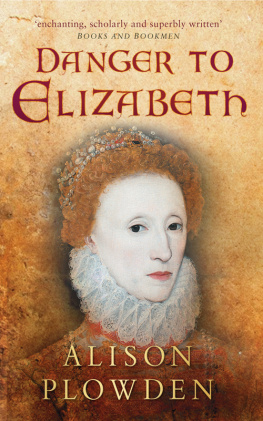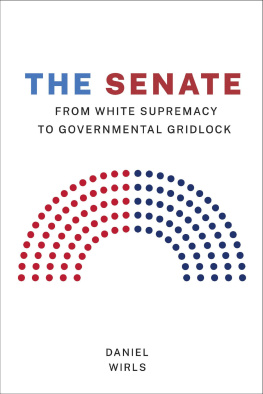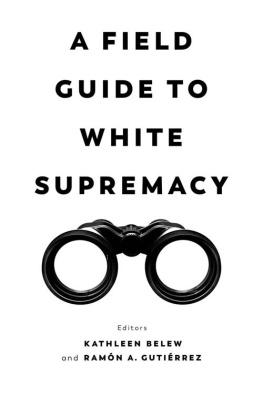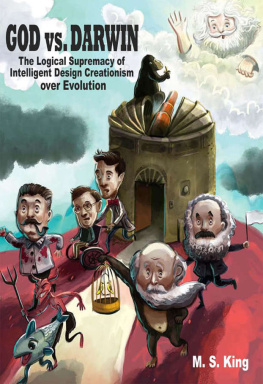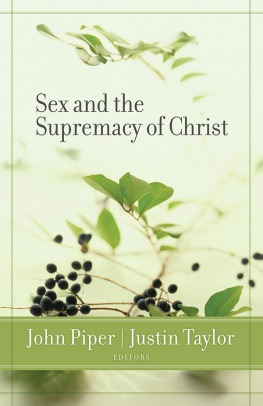HISTORICAL PROBLEMS
Volume 2
THE ROYAL SUPREMACY IN THE ELIZABETHAN CHURCH
First published in 1969 by George Allen & Unwin Ltd
This edition first published in 2021
by Routledge
2 Park Square, Milton Park, Abingdon, Oxon OX14 4RN
and by Routledge
52 Vanderbilt Avenue, New York, NY 10017
Routledge is an imprint of the Taylor & Francis Group, an informa business
1969 George Allen & Unwin Ltd
All rights reserved. No part of this book may be reprinted or reproduced or utilised in any form or by any electronic, mechanical, or other means, now known or hereafter invented, including photocopying and recording, or in any information storage or retrieval system, without permission in writing from the publishers.
Trademark notice: Product or corporate names may be trademarks or registered trademarks, and are used only for identification and explanation without intent to infringe.
British Library Cataloguing in Publication Data
A catalogue record for this book is available from the British Library
ISBN: 978-1-03-203925-1 (Set)
ISBN: 978-1-00-319296-1 (Set) (ebk)
ISBN: 978-1-03-201127-1 (Volume 2) (hbk)
ISBN: 978-1-03-201137-0 (Volume 2) (pbk)
ISBN: 978-1-00-317730-2 (Volume 2) (ebk)
Publishers Note
The publisher has gone to great lengths to ensure the quality of this reprint but points out that some imperfections in the original copies may be apparent.
Disclaimer
The publisher has made every effort to trace copyright holders and would welcome correspondence from those they have been unable to trace.
THE ROYAL SUPREMACY IN THE ELIZABETHAN CHURCH
Claire Cross
University of York
Author of The Puritan Earl
LONDON: GEORGE ALLEN AND UNWIN LTD
NEW YORK: BARNES AND NOBLE INC.
FIRST PUBLISHED IN 1969
This book is copyright under the Berne Convention. Apart from any fair dealing for the purpose of private studyy research, criticism or review, as permitted under the Copyright Act, 1956, no portion may be reproduced by any process without written permission. Enquiries should be addressed to the publisher.
George Allen & Unwin Ltd, 1969.
SBN 04 901016 6 cloth
SBN 04 901017 4 paper
PRINTED IN GREAT BRITAIN
in 10 on 11 pt Plantin type
BY WILLMER BROTHERS LIMITED
BIRKENHEAD
The reader and the teacher of history might be forgiven for thinking that there are now too many series of historical documents in existence, all claiming to offer light on particular problems and all able to fulfil their claims. At any rate, the general editor of yet another series feels obliged to explain why he is helping one more collection of such volumes into existence.
One purpose of this series is to put at the disposal of the student original materials illustrating historical problems, but this is no longer anything out of the way. A little less usual is the decision to admit every sort of historical question: there are no barriers of time or place or theme. However, what really distinguishes this enterprise is the fact that it combines generous collections of documents with introductory essays long enough to explore the theme widely and deeply. In the doctrine of educationalists, it is the original documents that should be given to the student; in the experience of teachers, documents thrown naked before the untrained mind turn from pearls to paste. The study of history cannot be confined either to the learning up of results without a consideration of the foundations, or to a review of those foundations without assistance of the expert mind. The task of teaching involves explanation and instruction, and these volumes recognize this possibly unfashionable fact. Beyond that, they enable the writers to say new and important things about their subject matter: to write history of an exploratory kind, which is the only important historical writing there is.
As a result, each volume will be a historical monograph worth the attention which all such monographs deserve, and each volume will stand on its own. While the format of the series is uniform, the contents will vary according to need. Some problems require the reconsideration which makes the known enlighteningly new; others need the attention of original research; yet others will have to enter controversy because the prevailing notions on many historical questions are demonstrably wrong. The authors of this series are free to treat their subject in whatever manner it seems to them to require. They will present some of their evidence for inspection and help the learner to see how history is written, but they will themselves also write history.
G.R.E.
Since Elizabethan Englishmen did not use it I have tried in this book to avoid entirely the word Anglican with its inevitable anachronistic overtones of nineteenth century ecclesiastical controversies. Puritan, an equally ambiguous and equivocal word, has proved on occasions to be indispensable, though whenever possible I have substituted a more precise term. It did become current in the second part of the sixteenth century and referred then to those zealous Englishmen, clerical and lay, who strove by all legal means for the further Protestant reformation of the national church. Contemporaries did not consider Separatists, much less Anabaptists, to be Puritans as they had abandoned the concept of one comprehensive church for all Englishmen in favour of exclusive assemblies of the elect; and, guided by the recent definitions of Professor Basil Hall and Dr Patrick Collinson, I have attempted to employ the word in its more restricted Elizabethan sense.
B. Hall, Puritanism: the Problem of Definition, G. J. Cuming, ed. Studies in Church History, II, pp. 283296. P. Collinson, The Elizabethan Puritan Movement, 1967, pp. 1315, 2228.
All Latin phrases have been translated and in the documents words in italics show where this has been done: square brackets indicate emendations or additions. The title of a book, given in an abbreviated form in a footnote, appears in full in the bibliography: where no place of publication is shown London should be assumed. The spelling of all Elizabethan English has been modernized including the titles of books. The initials 6.M. and P.R.O. throughout stand for the British Museum and Public Record Office.
I should like to thank Lord Verulam and the governing bodies of Corpus Christi College, Cambridge, the Inner Temple, London, Trinity College, Cambridge, Hertfordshire County Record Office and the Huntington Library, San Marino, California for allowing me to consult and publish . Dr Collinson and the Editor of the Bulletin of the Institute of Historical Research kindly gave me permission to reproduce document 46, and the Honorary Secretary of the Somerset Record Society to reproduce document 48.
Dealing with a topic like the royal supremacy about which so much has already been written, I am more than usually beholden to the historians who have gone before me: I hope I have acknowledged my indebtedness adequately in the text and footnotes. There are, however, three historians I must mention by name for without their work this book could never have been compiled: I am under an especial obligation to the late Professor Norman Sykes for first introducing me to the Elizabethan church, to Sir John Neale for all his research on Elizabethan Parliaments and to Dr Collinson both for his scholarship on Elizabethan Puritanism in general, and for his generous criticism of this essay in particular. I am also most grateful to the Editor of this series for his encouragement and advice. Lastly I should like to thank the President and Fellows of University College, Cambridge who, by granting me an honorary Visiting Fellowship for Easter Term, 1968, provided congenial surroundings in which to write.

